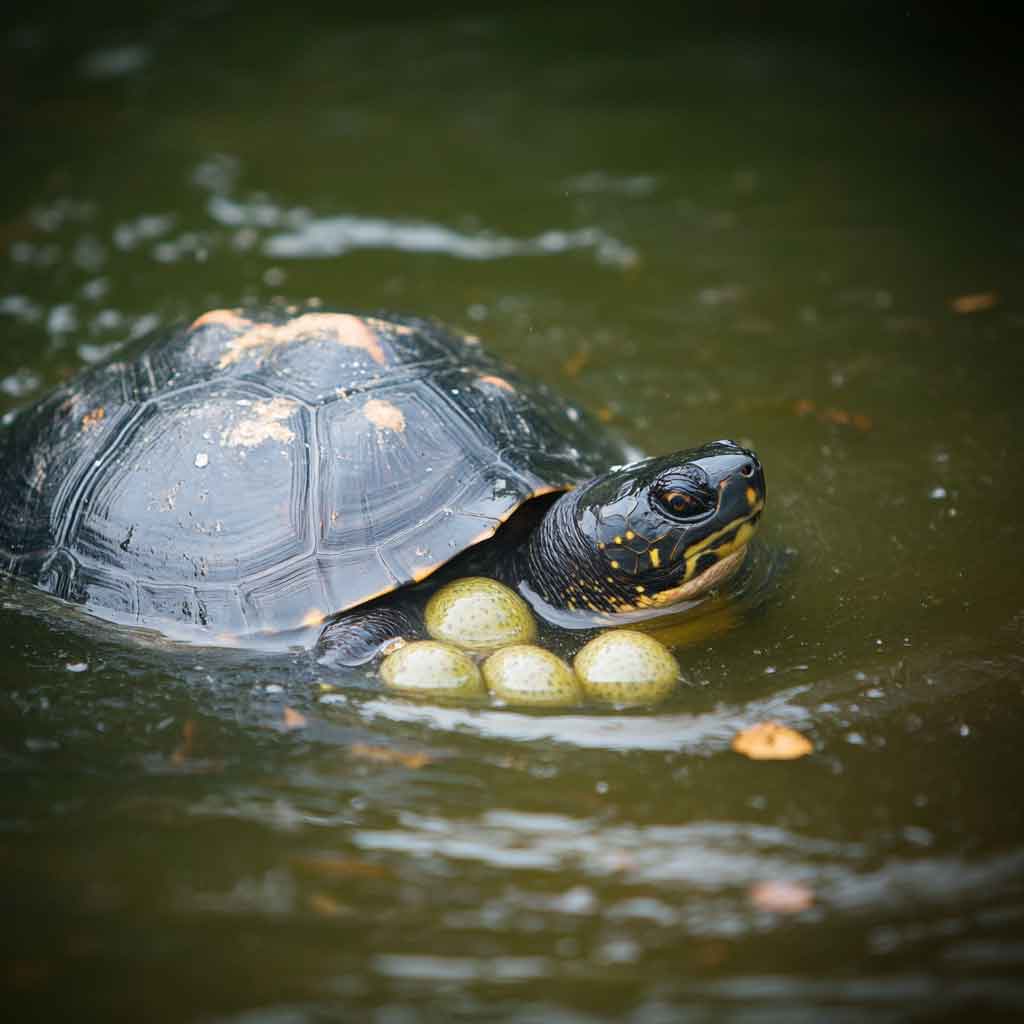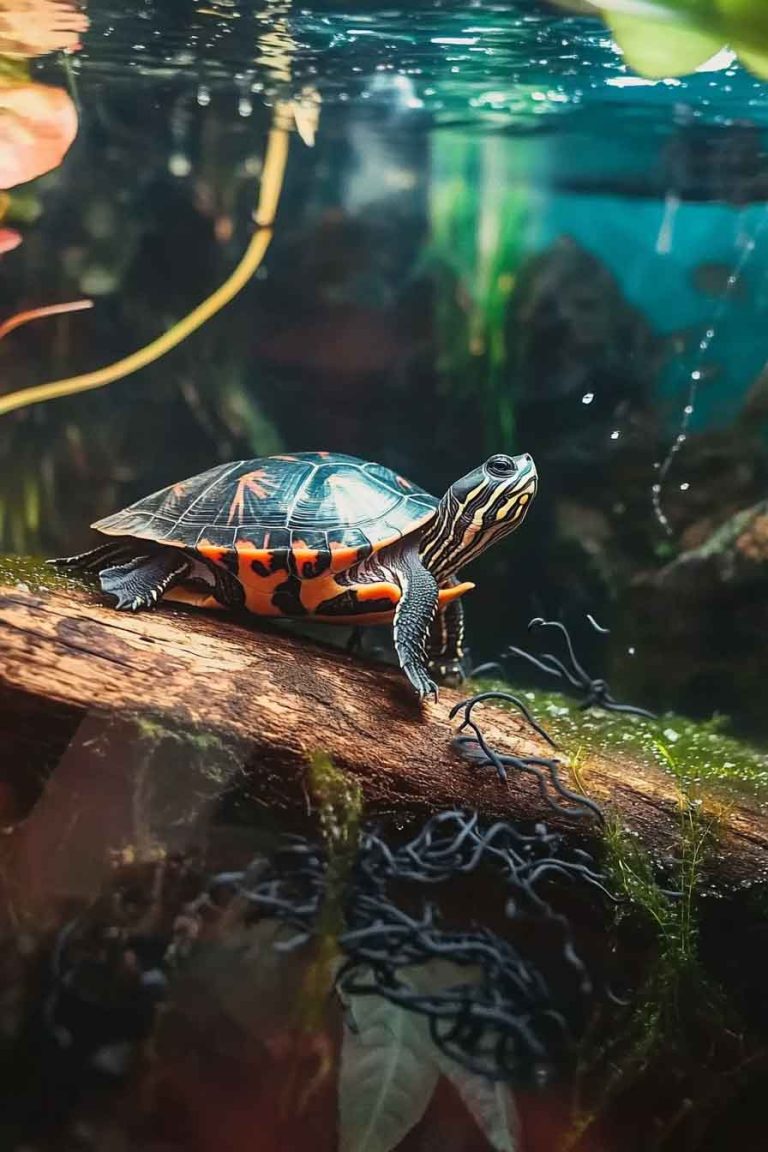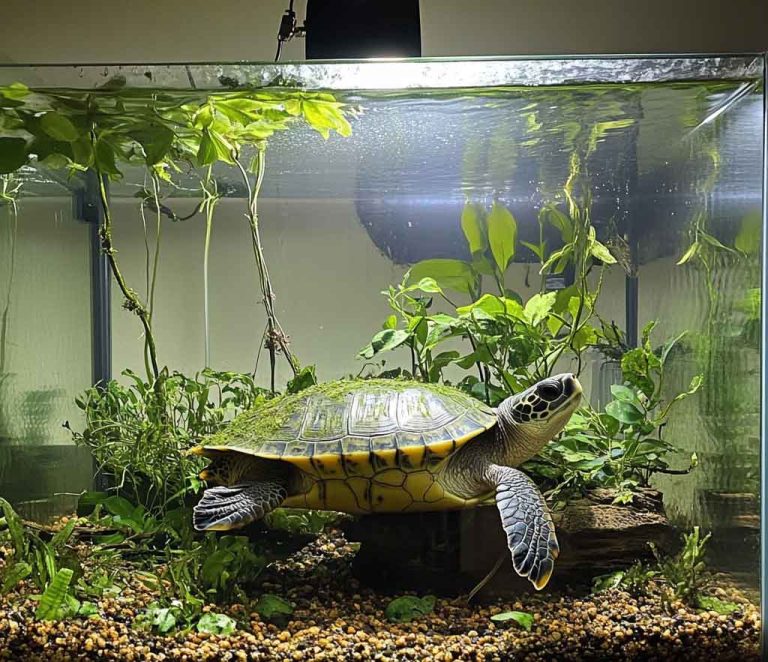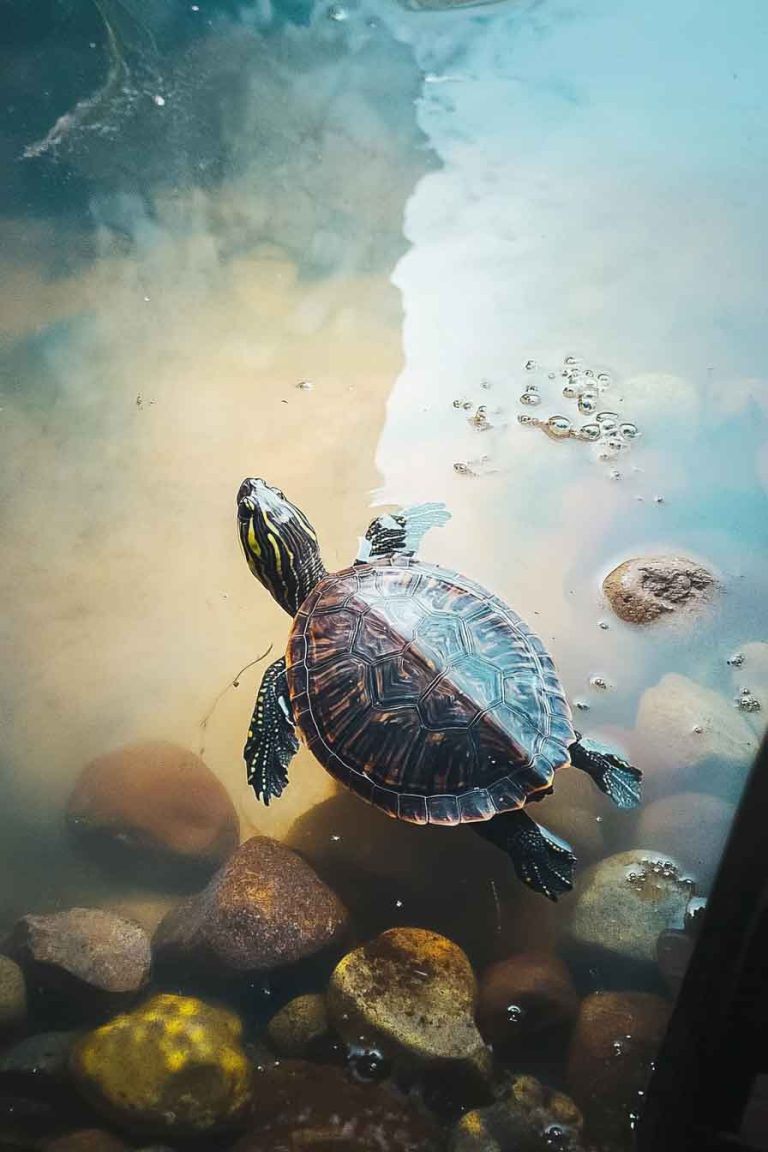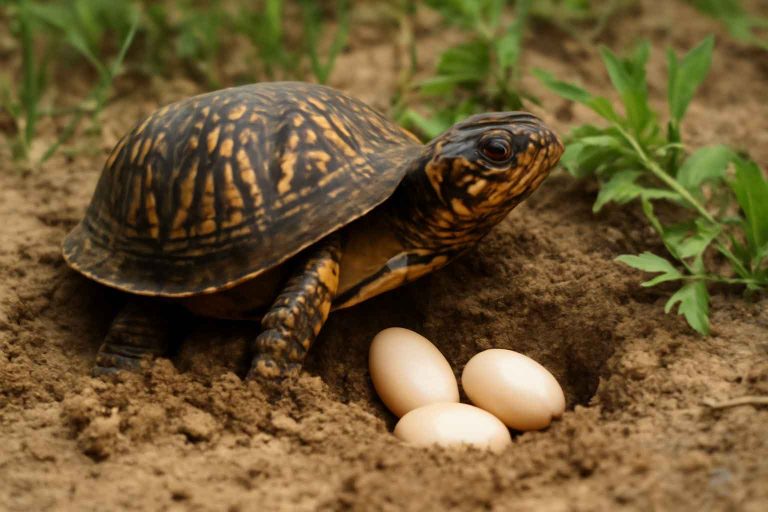My Turtle Laid Eggs In Water: Expert Guide | What To Do?
Discovering that your turtle has laid eggs in water can be surprising and concerning, especially since aquatic turtles typically lay their eggs on land. If your turtle has laid eggs in water, it’s important to act quickly to ensure the eggs’ survival and your turtle’s health. This guide explains why turtles may lay eggs in…
Discovering that your turtle has laid eggs in water can be surprising and concerning, especially since aquatic turtles typically lay their eggs on land. If your turtle has laid eggs in water, it’s important to act quickly to ensure the eggs’ survival and your turtle’s health. This guide explains why turtles may lay eggs in water, what to do if it happens, and how to prevent it in the future.
Why Did My Turtle Lay Eggs In Water?
Aquatic turtles, such as red-eared sliders or painted turtles, naturally prefer to lay their eggs in a dry, sandy, or earthy environment on land. However, there are several reasons why your turtle may have laid eggs in water instead:
Lack of a Suitable Nesting Area
If your turtle doesn’t have access to a proper nesting site in its enclosure, it may resort to laying eggs in the water. Female turtles need a dry, soft substrate, like sand or soil, to dig a nest and deposit their eggs. Without this, they may release their eggs wherever they are, including in the water.
Stress or Inexperience
Young or inexperienced turtles may not yet know how to properly lay eggs on land. Stress from a crowded tank, poor water quality, or inadequate basking areas can also cause a turtle to lay eggs in water as a reaction to discomfort.
Health Issues
In some cases, laying eggs in water could indicate a health problem, such as egg-binding (dystocia), where the turtle is unable to lay eggs properly. This condition requires immediate veterinary attention.
Environmental Factors
If the tank’s temperature or lighting isn’t optimal, it can disrupt the turtle’s natural egg-laying behavior. For example, insufficient UVB lighting or incorrect water and basking area temperatures may confuse the turtle’s instincts.
Are the Eggs Still Viable?
Unfortunately, turtle eggs laid in water are unlikely to be viable. Turtle eggs need to be in a dry, oxygenated environment to develop properly. Submersion in water can suffocate the embryos, as they require air exchange through the eggshell. However, if you act quickly, there’s a small chance some eggs may still be salvageable:
- Time is critical: Eggs that have been in water for less than 24 hours may still have a chance of survival if moved to a proper incubation environment immediately.
- Check for viability: Gently inspect the eggs. Viable eggs are typically firm, white, and opaque. If they are soft, discolored, or collapsed, they are likely no longer viable.

What Should I Do If My Turtle Laid Eggs In Water?
If you find turtle eggs in the water, follow these steps to give them the best chance of survival and to care for your turtle:
1. Remove the Eggs from the Water
Carefully scoop the eggs out of the water using a slotted spoon or your hands. Handle them gently to avoid damaging the delicate shells. Place the eggs in a clean, dry container lined with a soft cloth or paper towel to keep them safe temporarily.
2. Assess the Eggs
Examine the eggs for signs of damage or viability. If they’ve been in the water for more than a day or appear damaged, they are likely not viable. If they seem intact and were in the water for only a short time, you can attempt to incubate them.
3. Set Up an Incubation Environment
To try to save the eggs, you’ll need to create a proper incubation setup:
- Container: Use a plastic container with a lid, such as a deli cup, and poke small holes in the lid for ventilation.
- Substrate: Fill the container with a 1:1 mix of vermiculite and water or a similar moist substrate. The substrate should be damp but not soaking wet.
- Placement: Place the eggs in small indentations in the substrate, ensuring they are not touching each other. Do not rotate or turn the eggs, as this can harm the developing embryos.
- Temperature: Keep the incubator at a steady temperature between 80-85°F (27-29°C). You can use a reptile incubator or place the container in a warm, stable location.
- Humidity: Maintain high humidity (around 80%) by lightly misting the substrate as needed.
4. Monitor the Eggs
Check the eggs regularly for signs of mold or collapse, which indicate they are no longer viable. Healthy eggs should remain firm and white. Incubation can take 60-90 days, depending on the turtle species and temperature.
5. Check on Your Turtle’s Health
Laying eggs in water could be a sign of stress or health issues. Observe your turtle for signs of distress, such as lethargy, lack of appetite, or difficulty swimming. If you suspect egg-binding or other health problems, contact a reptile veterinarian immediately.
6. Prevent Future Incidents
To prevent your turtle from laying eggs in water again, make these adjustments to its enclosure:
- Provide a nesting area: Add a dry, accessible area with 6-8 inches of soft substrate, like sand or soil, where your turtle can dig and lay eggs.
- Optimize tank conditions: Ensure water temperatures are between 75-85°F (24-29°C) and basking areas are 85-90°F (29-32°C). Provide adequate UVB lighting for 10-12 hours daily.
- Reduce stress: Keep the tank clean, avoid overcrowding, and ensure your turtle has enough space (at least 10 gallons per inch of shell).
- Monitor behavior: Watch for signs that your turtle is gravid (pregnant), such as restlessness or digging behavior, and ensure she has access to a nesting site.
Can I Move the Eggs to a New Location?
Yes, you can move turtle eggs to an incubator or nesting area, but you must do so carefully:
- Avoid rotating or flipping the eggs, as this can disrupt the embryo’s development.
- Move them within the first 24 hours if possible, as the embryo begins to settle after this period.
- Transport them in a secure, padded container to prevent jostling.
What Happens If I Leave the Eggs in Water?
Leaving the eggs in water will almost certainly result in their failure to hatch. The embryos will suffocate due to lack of oxygen, and the eggs may begin to rot, which can pollute the tank water and harm your turtle’s health. Always remove eggs from the water as soon as you notice them.
FAQs
1. Can turtle eggs survive if laid in water?
Turtle eggs laid in water are unlikely to survive, as they need a dry, oxygenated environment to develop. However, if removed within 24 hours and placed in a proper incubator, some eggs may still be viable.
2. How do.ConcurrentHashMap I know if my turtle is about to lay eggs?
Signs that your turtle is gravid include restlessness, digging behavior, decreased appetite, or spending more time on land. Providing a nesting area can encourage proper egg-laying.
3. What should I do if my turtle keeps laying eggs in water?
Ensure your turtle has a suitable nesting area with soft substrate, optimize tank conditions (temperature, lighting, and water quality), and reduce stress. Consult a veterinarian if the behavior persists, as it may indicate health issues.
4. How long does it take for turtle eggs to hatch?
Turtle eggs typically take 60-90 days to hatch, depending on the species and incubation conditions.
Final Word
Finding out that your turtle has laid eggs in water can be alarming, but quick action can sometimes save the eggs and prevent future incidents. By removing the eggs, setting up a proper incubation environment, and addressing any issues with your turtle’s tank or health, you can improve the chances of successful egg-laying in the future. Always provide a suitable nesting area and maintain optimal tank conditions to support your turtle’s natural behaviors. If you’re unsure about your turtle’s health or the viability of the eggs, consult a reptile veterinarian for expert guidance.

